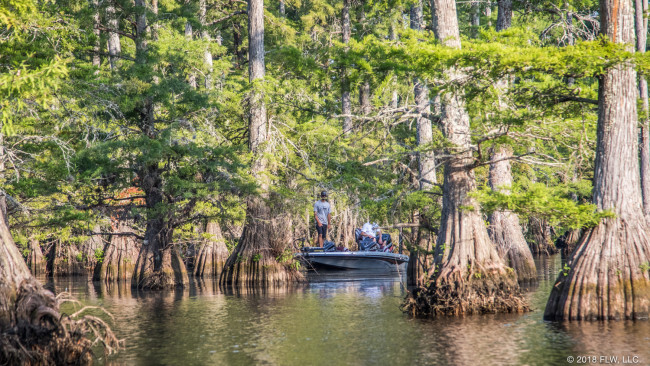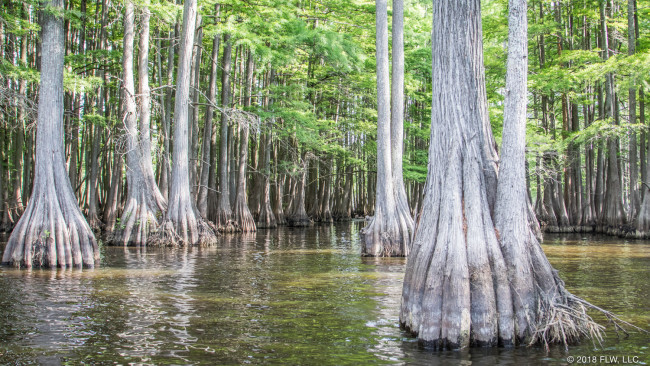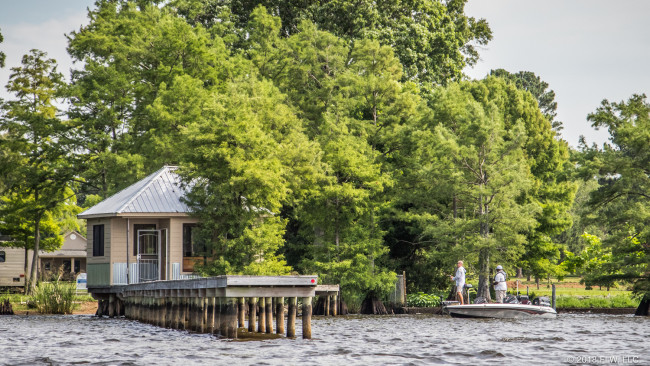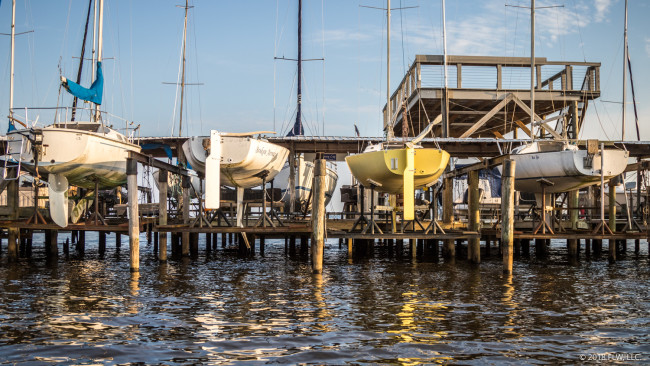Touring Cross Lake
A look at the T-H Marine BFL All-American playing field
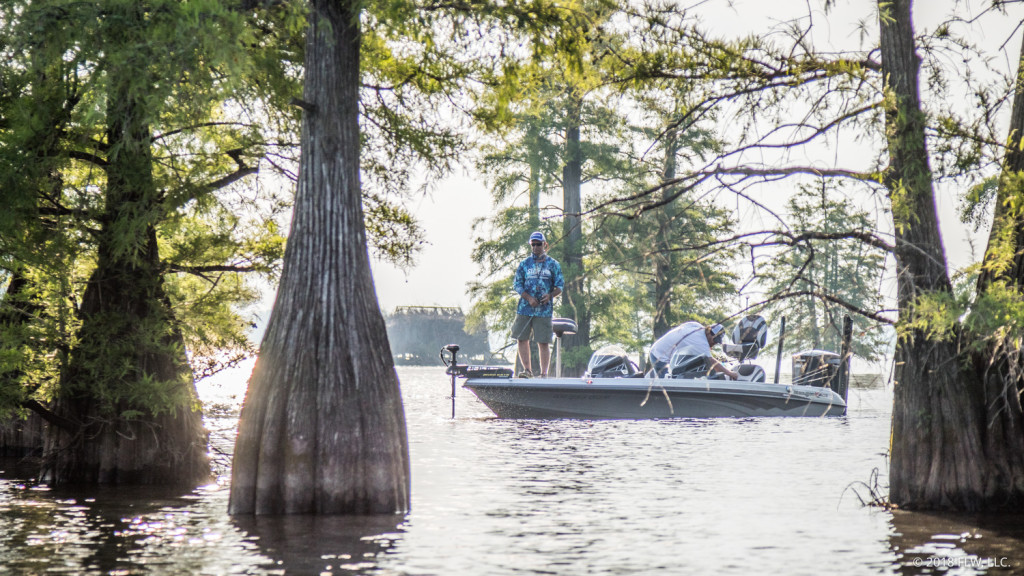
The 2018 T-H Marine FLW Bass Fishing League All-American is a unique tournament – in format and location. It features a small field of 49 boaters and 49 co-anglers that includes the top BFL anglers from across the country and a crew of select qualifiers from The Bass Federation. They’re competing on Cross Lake, near Shreveport, La.
Cross has hosted the All-American before, and it’s a cool fishery for sure. At only 8,576 acres, it’s not big, but an interesting mix of developed shorelines full of docks and vast bayous full of cypress trees provides plenty of cover to fish and areas to spread out.
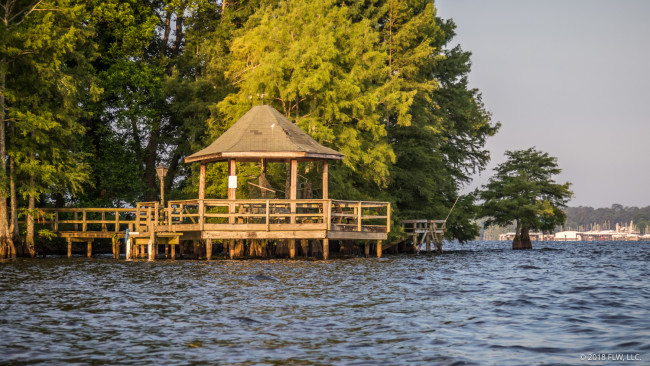

The lake has been off limits to competitors for more than a week, but today is the official practice day, when everyone ventures out in Ranger bass boats provided by FLW to put the finishing touches on a championship game plan.
The three-day tournament kicks off Thursday morning, but we wanted an early look at what’s in store on Cross, so we dragooned local angler Ron Festavan to brave the sunshine and the heat for a quick tour of the All-American playing field on practice day.
The eastern end


The takeoff site for all three days will be the American Legion Hall at 5315 S. Lakeshore Drive on the lake’s eastern end. Action begins at 7 a.m. each day.
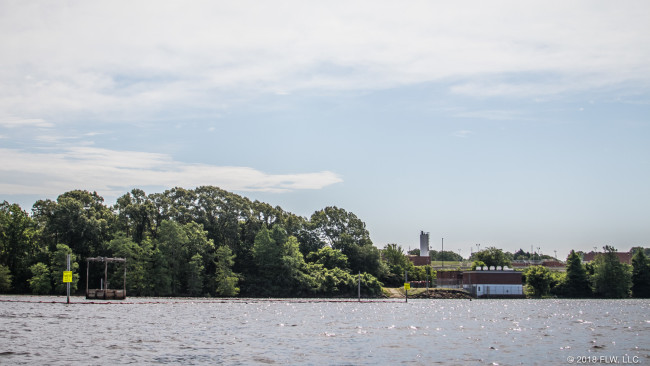
Also on the eastern end is a dam, which impounds the waters that now flood throughout the valleys of Paw Paw Bayou and Cross Bayou. Cross Lake is the water supply reservoir for Shreveport. A pump house (shown above) at the eastern end draws in water to the local treatment center.

Because the lake is used for water for the community, the water level is not allowed to fluctuate too much. However, it’s fallen several inches over the last week, and it’s a foot or so lower than this time last year. Past water level elevations are visible on the stumps of many of the cypress trees.

When Cross gets too low, lake managers pump water in from a nearby lake. The pump was running this morning.


The 220 bridge spans across this end of the lake and carries traffic into Shreveport and Bossier City.

Even though there are some wild places on Cross Lake, many of the shoreline homes are quite impressive.

Meet Ron Festavan, our local driver. He’s a BFL angler and a retired school administrator who spends every day of his retirement hunting, fishing and tending his garden. Yes, you should be jealous.

According to local anglers Nick Lebrun and Randy Deaver, about 15 pounds per day could be enough to win this week, but there are enough big bass in Cross Lake for someone to crack a 20-pound-plus bag and push the winning total from 45 pounds to the 50-pound range. The toughest part is catching a big bag one day and then repeating it, since the bass are nearing their summer patterns and are spread out and somewhat isolated.The big bass in the lake are courtesy of a Florida-strain stocking program. Bass are reared in a facility on the lake’s eastern end.


There’s also a public boat launch, a private marina and a yacht club on this end.

And a few small feeder creeks. Some are too shallow to access right now.
The western end

We encountered more tournament boats farther west on Cross Lake, near the large cypress bayous: Paw Paw, Cross, Page, Piney and Shettleworth. Locals have various nicknames and alternative names for some of the areas, plus every pocket and point is named, so you might hear about fishing holes called Quapaw, Fourtney, the Wash Pot, Margaritaville (an abandoned housing development), or Forty and Eight, which gets its nickname from a nearby facility owned by a charitable veterans society called The Forty and Eight.
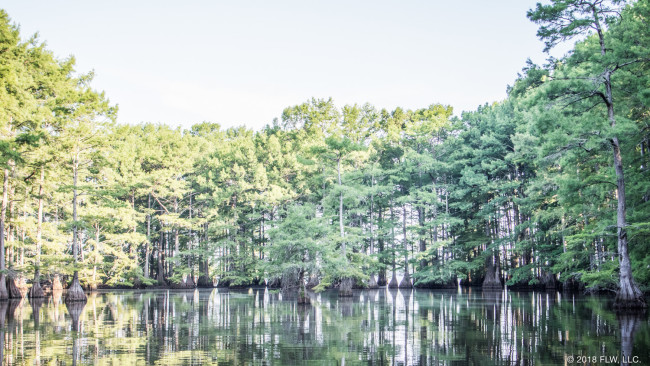
According to Festavan, Cross Lake has produced the biggest alligators harvested during the hunting season in Louisiana in each of the past three years. We didn’t find any, but it’s easy to see why they like it here.

Though there’s probably a mix of different types of cypress types in the bayous, a lot of the trees are bald cypress. Most have narrow trunks that bloom out like bell-bottoms near the water. Just under the surface, their roots branch out, creating caverns underneath where bass can hang out and ambush prey.


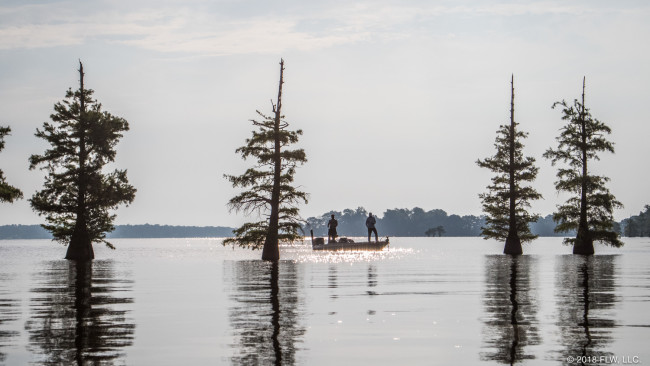
Dialing in on cypress trees is tough because there are so many. Points, isolated trees, trees near docks and other obvious irregularities might produce some fish.

Finding deeper creek channels or canals that meander through the bayous might lead folks to some good stringers if they fish the wood alongside those drop-offs, which might only fall a foot or so below the surrounding flats. Staying in the channel will also help when navigating into some of the more remote areas due to the water being a bit low on an already shallow lake.

Duck blinds are also good targets.

Some of the blinds in main-lake areas are in water that’s 6 to 8 feet deep, and fish can find shade, oxygenation from wave action and access to deeper water.

Back in the bayous, the blinds could be key, too.


Some of the creeks snaking through the bayous stretch a long way – miles, in fact.




The Fourtney Bayou area is home to another public access at the back of a long canal. Reeds alongside the canal offer something a little different, but there’s not much of it. In fact, there’s very little grass in the Cross Lake. Deaver says a cold winter wiped out the giant salvinia, and there aren’t many pads left, either.
The north shore



We probably encountered more anglers fishing the north shore of the lake than anywhere else. There are cypress trees here, but not the large bayous and forests. There are also a lot more small pockets full of docks, and some island clusters.

Marshall Pocket, Wiggens Arm, Pine Island, Twin Islands, Ben Roberts Pocket and Squirrel Point are all landmarks in this area.

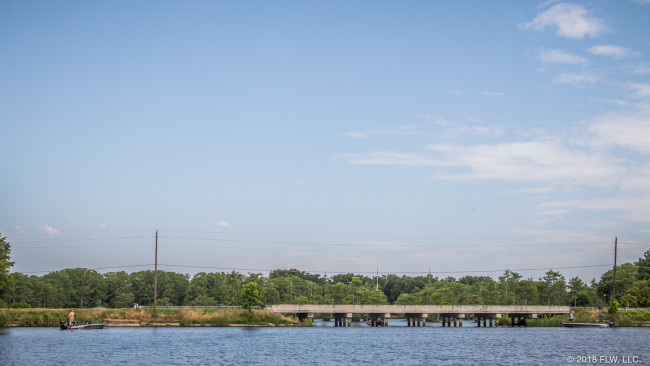
So are the "twin bridges" – two bridges that carry N Lakeshore Drive around this side of the lake.

We even found a few pads here.

And some mega-houses (that's Squirrel Point, by the way).
Wrapping up

Even under the shade of the cypress trees, it’s going to be a scorcher in Louisiana this week. High temps are forecast to reach triple digits. Expect challenging fishing for many, but good weights from the few who figure out how to pluck big bass from their early summer haunts along the shorelines.
You can follow along all three days on the BFL All-American Coverage Blog, which will run on the FLWFishing.com home page.
In the meantime, here are a few more shots of the unique fishery that’ll produce the next BFL All-American champion.
More photos









